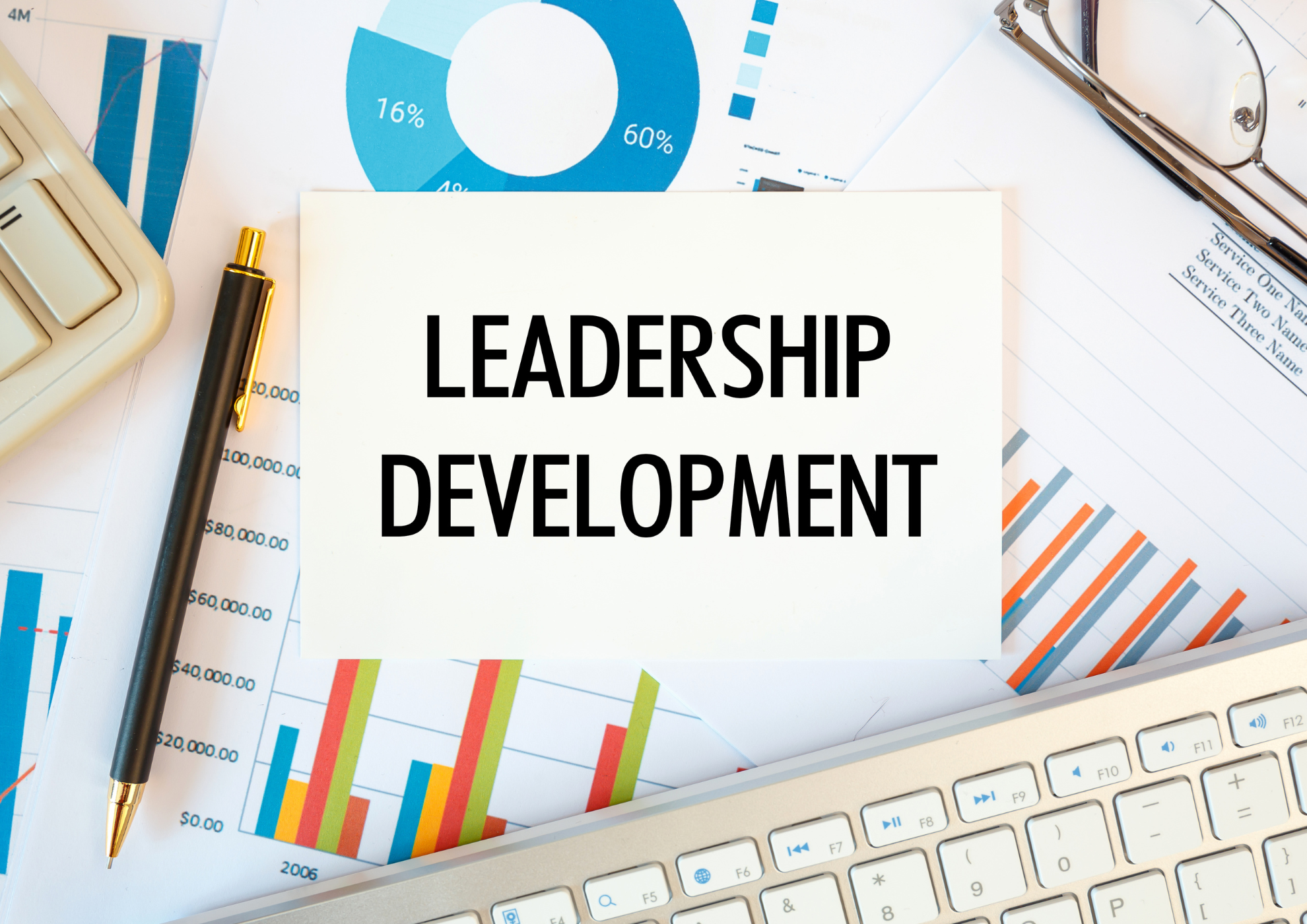Tips For Effective Communication
Active
Listening
The Key to Effective Communication
Body
Language
Understanding Non-Verbal Cues
Choosing
The Right Word
Clarity and Conciseness
Understanding
Emotions
Empathy and Perspective-Taking
Conflict
Resolution
Conflict Resolution: Navigating Difficult Conversations
Active Listening:
The Key to Effective Communication
If you want to truly excel in communication, it's essential that you prioritize active listening - it's the key to unlocking effective and meaningful interactions. Active listening means giving your full attention to the person speaking to you, and taking the time to understand their perspective. This involves not just hearing their words, but also paying attention to their tone of voice, body language, and overall demeanor.
When you actively listen, you create a safe and supportive space for the other person to express themselves. Instead of interrupting or trying to steer the conversation in a certain direction, you allow the speaker to fully share their thoughts and feelings. This not only helps build trust and rapport, but also ensures that you have a deeper understanding of their needs and concerns. By prioritizing active listening, you can pave the way for more effective communication and ultimately, more meaningful relationships.
Body Language:
Understanding Non-Verbal Cues
Mastering the art of interpreting non-verbal cues can significantly enhance your ability to communicate effectively. Body language plays a crucial role in communication, as it can convey a person's true emotions and intentions, which may not always be accurately conveyed through words alone.
When communicating with others, it is essential to pay attention to their body language, such as their facial expressions, gestures, and posture. For example, crossed arms can indicate defensiveness or resistance, while maintaining eye contact can convey confidence and sincerity. Understanding these non-verbal cues can help you adjust your communication style to better connect with others and avoid misunderstandings. Additionally, being aware of your own body language can also help you convey your intended message more effectively. By consciously controlling your posture, gestures, and facial expressions, you can ensure that your non-verbal cues align with your verbal message, creating a cohesive and impactful communication experience.
Choosing the Right Words:
Clarity and Conciseness
When communicating, you need to choose your words carefully to ensure they are clear and concise. The words you choose can have a significant impact on how your message is received, so it's important to be mindful of the language you use. Clarity and conciseness are crucial in effective communication, and you should strive to convey your message in as few words as possible while still getting your point across.
When choosing your words, it's important to consider your audience and the context of the conversation. Avoid using jargon or technical terms that may not be familiar to the person you're speaking with, as this can lead to confusion and misunderstandings. Instead, use simple and direct language that is easy to understand. Additionally, be mindful of your tone and avoid using language that could be misinterpreted as rude or disrespectful. By choosing your words carefully, you can ensure that your message is received clearly and effectively.
Understanding Emotions:
Empathy and Perspective-Taking
Imagine yourself walking in someone else's shoes and seeing the world from their perspective, allowing you to better understand their emotions and experiences. This is what empathy and perspective-taking are all about. When communicating with others, it's important to try and put yourself in their position and understand where they are coming from. By doing this, you can avoid misunderstandings and conflicts, and instead, build stronger relationships based on mutual understanding and respect.
Empathy is not just about understanding someone's emotions, but also about acknowledging them. It's about being present and actively listening to what they have to say. By doing this, you show the other person that you care about them and their feelings. Perspective-taking, on the other hand, means understanding someone's point of view and the factors that have shaped their opinions and beliefs. This can help you see the bigger picture and avoid making assumptions based on your own biases and experiences. By practicing empathy and perspective-taking, you can become a more effective communicator and build stronger relationships with those around you.

Conflict Resolution:
Navigating Difficult Conversations
Navigating difficult conversations can be challenging, but you can learn strategies to handle conflict resolution in a productive and respectful way. One important strategy is to approach the conversation with an open mind and a willingness to listen to the other person's perspective. It's important to understand that everyone has their own unique experiences and ways of thinking, and by being open to these differences, you can create an environment that fosters understanding and collaboration.
Another key strategy for navigating difficult conversations is to focus on the issue at hand, rather than attacking the person you are speaking with. Avoid using accusatory language or personal attacks, and instead, try to focus on specific behaviors or actions that are causing the conflict. By keeping the conversation focused on the issue, you can work together to find a solution that works for everyone involved. Remember, conflict resolution is about finding a way to move forward together, not about winning or losing.
Frequently Asked Questions
Effective Communication






